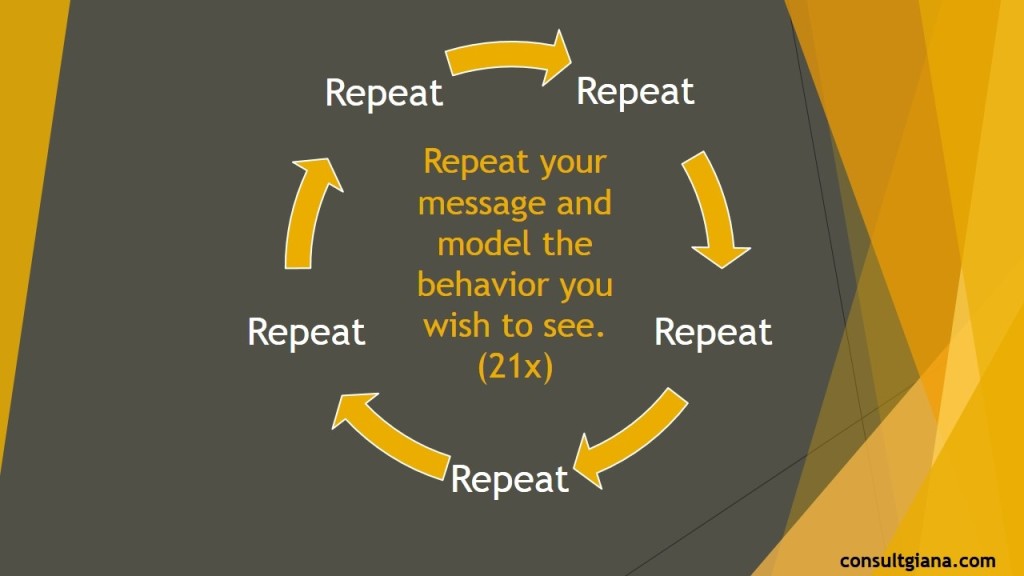This is the third post in our series: What does HR Really Stand For: Human Resources or Human Remains?

 As I thought through this series, I reached out Kevin Kennemer because I knew that he had both the passion and the data to make the case that Great Workplaces enjoy a significant competitive advantage over their competition. Kevin is a Great Workplace Advocate, and the founder of The People Group, a firm dedicated to transforming companies into winning workplaces. He works with CEO’s of small and medium sized businesses to create work environments built on trust, respect and dignity. Kevin holds a Master’s Degree in Organizational Management. This is what Kevin had to say:
As I thought through this series, I reached out Kevin Kennemer because I knew that he had both the passion and the data to make the case that Great Workplaces enjoy a significant competitive advantage over their competition. Kevin is a Great Workplace Advocate, and the founder of The People Group, a firm dedicated to transforming companies into winning workplaces. He works with CEO’s of small and medium sized businesses to create work environments built on trust, respect and dignity. Kevin holds a Master’s Degree in Organizational Management. This is what Kevin had to say:
1. What does HR really stand for: Is it Human Resources or Human Remains?
Before we can decide on human resources or human remains, I have a question: Who decided the term human was a good idea? Do you like to be called a human? It’s like calling your mother-in-law a mammal. Employers should simply call their employees, people. Or call their people, employees. Associate is even good with me.
Let’s consider an imaginary email is sent from an enlightened corporation using the term, human: “The Company has scheduled an all human meeting on Friday at 4:55pm. A picnic will be held on the company campus immediately afterward. All humans, their mates and offspring are welcome to attend, including your four-legged canines on a leash.” – Vice President, Human Resources
If human resources is the accepted name of the department supporting humans, why not call employees, humans? Ridiculous!
While we are on the topic of ridiculous, for the fun of it, let’s consider some other names for Human Resources using terms employers use already: Asset Resources, Capital Resources, Headcount Resources, Resource Resources, Staff Resources, Talent Resources or Worker Resources.
Why stop there? Here are some other potential names for Human Resources: Being Resources, Biped Resources, Body Resources, Creature Resources, Fellow Resources, Homo Sapien Resources, Individual Resources, Living Thing Resources, Mortal Resources or Soul Resources.
For me, I prefer the name, The People Department. And I like calling employees by their name when possible.
There is no wonder why much of the treatment received from human resources is inhumane; employees have been depersonalized with the term human rather than people who are individuals with dreams, aspirations, feelings, needs and wants. Human is likely what a space alien would call me right before he downsized me with a laser beam.
2. How do you balance the need to protect the company from lawsuits with the needs of the real live human beings you serve?
When the entire leadership team, including The People Department, treats people with dignity, respect and fairness, I have found you are protecting the interests of both the company and the employees. We should not be playing a game of tug-of-war with company and employee needs.
Divided teams do not create enduring, great companies. Consider the U.S. airline industry; it’s like the Housewives of New Jersey. Dysfunctional but covered up with a ton of makeup. Management consistently tries to reduce employee and pilot salaries while executives are receiving multi-million dollar bonuses. Entry level pilots are barely making minimum wage. How does that feel knowing your regional co-pilot is making less than a school bus driver?
Anyway, this devious game of tug-of-war is being waged while millions of passengers fly the friendly skies with airline pilots who are underpaid and vehemently despise management.
Don’t get me wrong. I am for free markets, capitalism and the freedom to be an entrepreneur or the employee of an organization. However, I despise companies who fail to treat employees with respect.
So far, the only airline that truly “get’s it” is Southwest Airlines. Since the company’s beginnings, this top-notch organization has worked to create a company culture where employees trust their leaders and leaders trust their employees. Incidentally, they are the only profitable airline year after year after year.
There is no tug-of-war at Southwest. However, I have seen employees and leaders working together pulling their Boeing 737’s with a rope to raise money for their communities.
3. What tips do you have for organizations that are seeking to bring the Human back to Human Resources?
Leaders expect the answer to transforming an inhumane workplace into an employee-friendly one to be complicated. Transformation is not complicated; it just takes persistence and patience. If your culture is toxic and HR is pouring gas on the fire, your workplace didn’t turn into Chernobyl overnight.
To clean up the mess and make this transformation from inhumane to humane, will require the entire leadership team, from the CEO down to front-line supervisors.
Real leaders treat employees as individuals with different personalities, needs and motivations. For The People Department to be effective, all leaders must put down their stick and pickup a steak, the New York Strip kind with a loaded baked potato and an ice tea. Oh, and for my vegetarian friends, a salad and some tofu.
In other words, most people would rather have a nice big juicy steak (or tofu) rather than a beat down from their boss. Fear is only a temporary fix. Building an organization based on trust is a long-term solution that builds productive, profitable, enduring, great companies. This flavor of company is as humane as they come.
As I read through Kevin’s answers to my questions he reminded me of an organization I once worked for. This company paid a consultant to give every employee a vision of growing the company by asking each employee to take ownership of any opportunities they saw. In time, it became clear that while some titled leaders understood the importance of that message and walked the talk, many of them wanted to abdicate their responsiblity to “take ownership” and blame the front lines for not doing more of what they did not model. In my time as a consultant I’ve witnessed that same behavior by other titled leaders in other organizations.
If your organization is struggling to treat HUMANS as PEOPLE remember…
[Tweet “People do what people see. “]
[Tweet “Change doesn’t begin with “someone” out there… It begins with YOU! “]





THANK YOU for commenting and sharing!
YOU ARE INVITED: To add your comments and to share your professional, personal and faith-based stories. Diverse opinions, compassion, and inspiration are welcome! (I reserve the right to delete comments that are offensive or off-topic.)